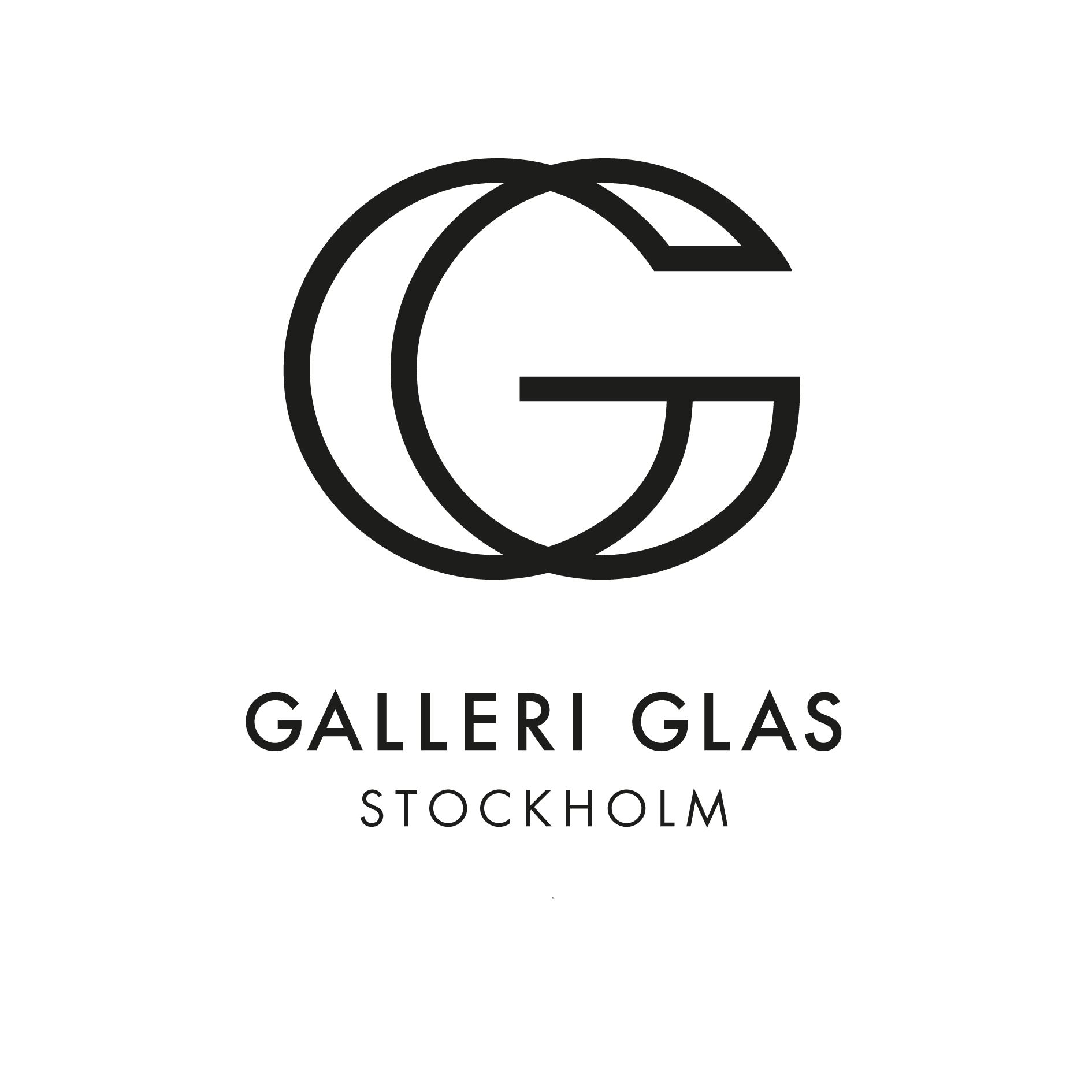The innate drama of glassmaking, with processes that are sometimes measured and sometimes almost instantaneous, affords Mattias Stenberg interesting new possibilities. Using forms that are derived from a classical typology, encounters between glass, stone and steel he is challenged to experiment beyond his former professional and rationalist context. A different sort of freedom that gives him the right to subordinate function in favour of beauty. To endorse a creativity that shatters the limits of glass art by developing techniques together with the team in the studio and undertaking what seems entirely impossible. Feelings and intuition are the ruling parameters. With them, Mattias Stenberg achieves a contemporary timelessness by letting selectively chosen and disciplined forms surprise the beholder in encounters with different structures which, in turn, are amplified by means of the capacity for light to make the experience multifaceted.
Mattias Stenberg was eight years old when he was first seduced by the beauty inherent in glass. The capacity of the material to be powerful expressed in weight or to be as delicate as the thinnest of membranes. At that time, in the early 1980s, his family in the north of Sweden paid a visit to the centre of Sweden’s glass industry in the province of Småland. There he experienced the dramaturgy of manufacturing glass in the factory, the teamwork of glassblower, master glassmaker and artist. And he saw how a small piece of glass on the blowpipe could be formed into coherent shapes. Heat and cool. There was something in the atmosphere that appealed to the young Mattias Stenberg’s hitherto unexplored need to understand how beauty can be posited. An embryo of the instinct that, later in life, would cause him to train as an architect, industrial designer and scholar. The powerful drive to develop his aesthetic preferences. Among those closest to him, his need for precision encapsulated in a reductive minimalism is striking. And this is a constant aspect of his product design.
It was in 2011 that he began working with glass for the first time when he designed his Demi Lamp for Design House Stockholm. The form – a cylindrical model with rounded connections at both ends – is reminiscent of a pharmaceutical pill. Perhaps an emphatic resignation from a former life in medical technology? Two years later he was contacted by Orrefors Kosta Boda AB and in 2015 the results of his new collaboration were presented: his Septum collection, a development of classical Italian incalmo technique.
The step into the studio, when he had scarcely even seen how hot glass is manufactured, was a challenge. He was a complete novice among numerous established designers and artists already working as designers for the firm. For Mattias Stenberg it proved a challenge to study the ancient techniques. Attempting to succeed with models that somehow won’t work. The proverbial carrot comes in the form of achieving results, mastering established difficulties, and making the impossible possible. In his Septum series he connected two distinct parts merely using heat, in a technique that was originally developed in Murano and which has now been adapted and refined to suit the glassmaking skills that exist in Småland. The result is so elegant that, for the non-expert, it is difficult to perceive anything beyond the totality of the result.
In Mattias Stenberg’s later projects the leading principle lies in the encounters between materials and structures. The scale, both bearing and borne, has been emphasized to a greater degree. Mattias Stenberg calls his collection shown at Galleri Glas Compositions; and the room, the space around the figures together with his fastidious typology is a part of the totality of the composition. His combination of materials leads to a highly personal monumentality. A forceful glass architecture of a smaller size which, in its pure and refined lines, is timeless in expression, as well as linking up with the tradition that the Italian architect Carlo Scarpa established at the Venini glassworks on the venetian island of Murano in the 1930s.


